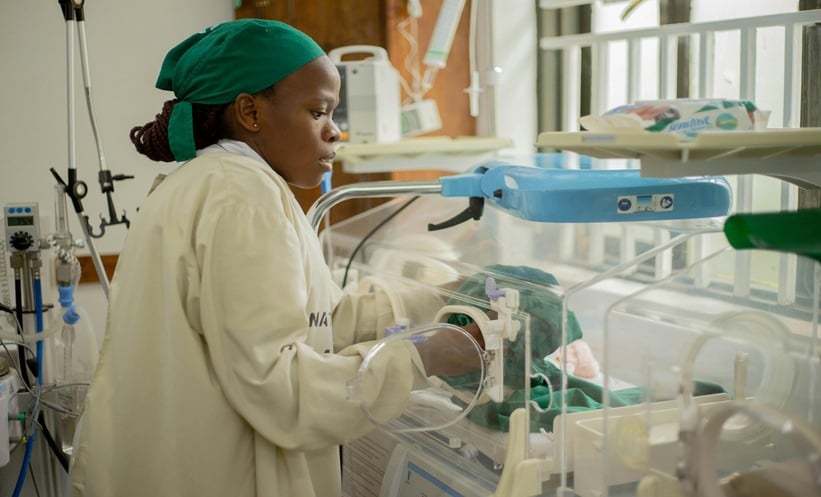A GROUNDBREAKING automated tactile stimulation device (ATSD), Breathing Operator for BaBY (BOBBY), has been designed by scientists to facilitate breathing of preterm infants. Preterm infants often struggle to breathe independently due to immature lungs and underdeveloped respiratory control systems. These challenges can result in frequent pauses in breathing, which require immediate intervention from neonatal nurses. Traditionally, tactile stimulation by a nurse is used to prompt infants to resume breathing. While effective, this manual approach is selective, inconsistent, and may involve delays in response.
To address this critical issue, the researchers BOBBY. The device is designed to provide immediate, reliable tactile stimulation to preterm infants, mimicking the manual interventions performed by nurses during cardiorespiratory monitor alarms. It represents a purpose-built solution to enhance breathing in vulnerable infants while reducing dependence on continuous nurse intervention.
Iterative Design of Automated Breathing Operator BOBBY
The development of BOBBY followed a rigorous, five-phase iterative design process. During the discovery phase, researchers conducted studies to understand the specific challenges preterm infants face with breathing and the contextual requirements of neonatal care. Insights from this phase informed the define phase, where user needs and technical requirements were identified. The ideate phase generated multiple concepts and prototypes, which were refined through co-creation sessions with neonatal specialists. Subsequent iterative evaluations helped select the most promising design for clinical use.
A key feature of BOBBY is its apparent tactile motion technique, which replicates the gentle stimulation that nurses provide, carefully balancing efficacy with minimal risk of skin irritation or damage. Safety was a priority in the design, including strict separation of electronic components from direct contact with the infant.
Clinical Implementation of BOBBY
The researchers highlight that BOBBY has the potential to transform neonatal care by providing automated, timely stimulation to support independent breathing in preterm infants. However, they note that clinical trials are necessary to confirm the device’s safety, effectiveness, and overall benefit in the neonatal intensive care unit.
By integrating automation into routine neonatal care, BOBBY could reduce response delays, improve outcomes for preterm infants, and support nurses in managing respiratory events more efficiently.
Reference
Cramer SJE et al. Development of the Breathing Operator for BaBY (BOBBY): an automated tactile stimulation device to facilitate breathing in preterm infants. Arch Dis Child Fetal Neonatal Ed. 2025;110:F1–F7;DOI 10.1136/fetalneonatal-2025-001234.








